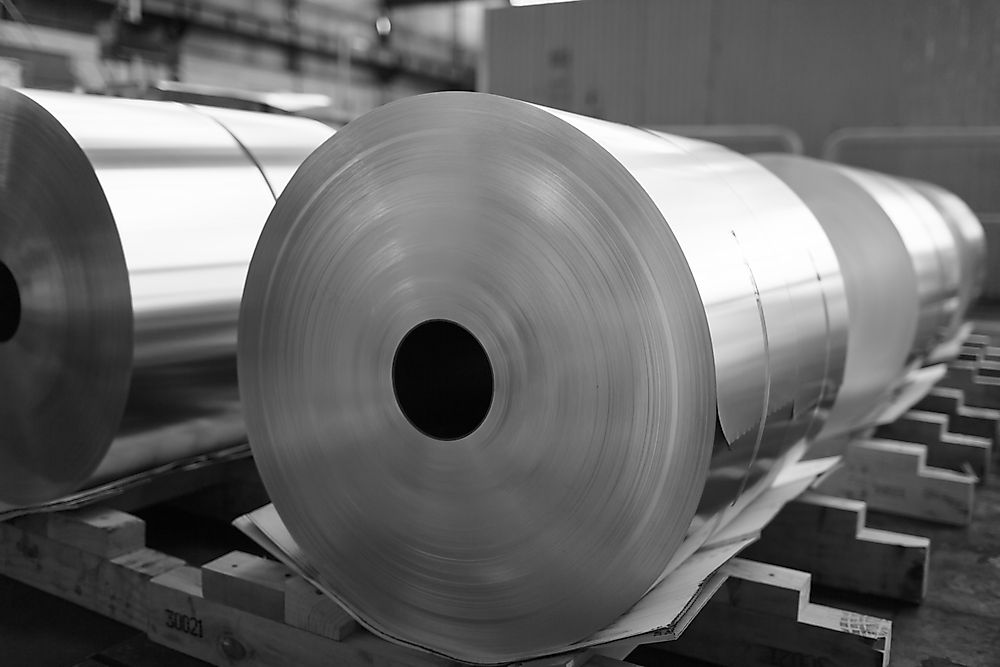The United States Aluminum Industry

As of 2014, the United States was the sixth largest producer of primary aluminum producing almost two million metric tons per year. The aluminum production is critical as it is a source of employment and also a considerable factor in the primary aluminum market globally. Primary production of aluminum peaked in the 1980s and continuously supplied almost 30% of primary aluminum for many years up to 2000.
Raw Material
For primary aluminum production, bauxite was used as the principal raw material. In 2014, primary aluminum was produced by three companies with nine smelters including; Mt Holly Plant and Ormet Plant. Primary aluminum producing industries consumed a lot of electricity energy (approximately 5% of electricity energy generated in the US) to power the process which was costly standing at a third of the cost since a ton of primary aluminum used more than 12,500 kW per hour. However, bauxite mining in the US (for primary aluminum production) was less than 0.1% of world production, therefore, insignificant.
Bauxite Mining In The United States
In the 20th century, the US was an essential source of bauxite. In 2013, mining of bauxite in the US produced about 128,000 metric tons. Nevertheless, bauxite is a core factor in primary aluminum production because it is the only commercial ore of aluminum. The US mined bauxite was not purposely used for the production of metallic aluminum (since 1981) but for high-temperature refractory materials, abrasives, and as a high strength proppant used in hydraulic fracturing of oil and gas wells.
Secondary Production
Alternatively, aluminum production was also achieved through secondary production involving recycling metallic aluminum from either old scrap such as recycled aluminum cans (post-consumer scrap) or new scrap from aluminum manufacturing. In 1980, Alumunum production in the country was at an all time high and production was at 4.6 million metric tons. From that time the primary of aluminum production in the country has dropped significantly by more than half. However the secondary production has gone up compensating for the difference. During the 1950s and 1960s, primary production of aluminum was made up of approximately 80% of the total aluminum output. In 2014, secondary aluminum production from new scrap made up 36% of the total aluminum produced while secondary aluminum from old scrap made up 32% of aluminum produced, while the primary production was made up of 32% of the aluminum production in the US.
International Trade
Industrial production of primary and secondary aluminum has a vital role in the economy of the US. Most of the industries and companies in aluminum production provided a source of employment of about 29,000 people and income as well. Also, production of aluminum took a positive involvement in international trade as a core factor. The US imported almost all bauxite (only commercial aluminum ore and primary raw material) utilized in the production of primary aluminum, which was made possible because US produced less than 1% bauxite of world production. In 2014, the United States imported 33% of aluminum metal that was used and out of that 66% came from Canada.











